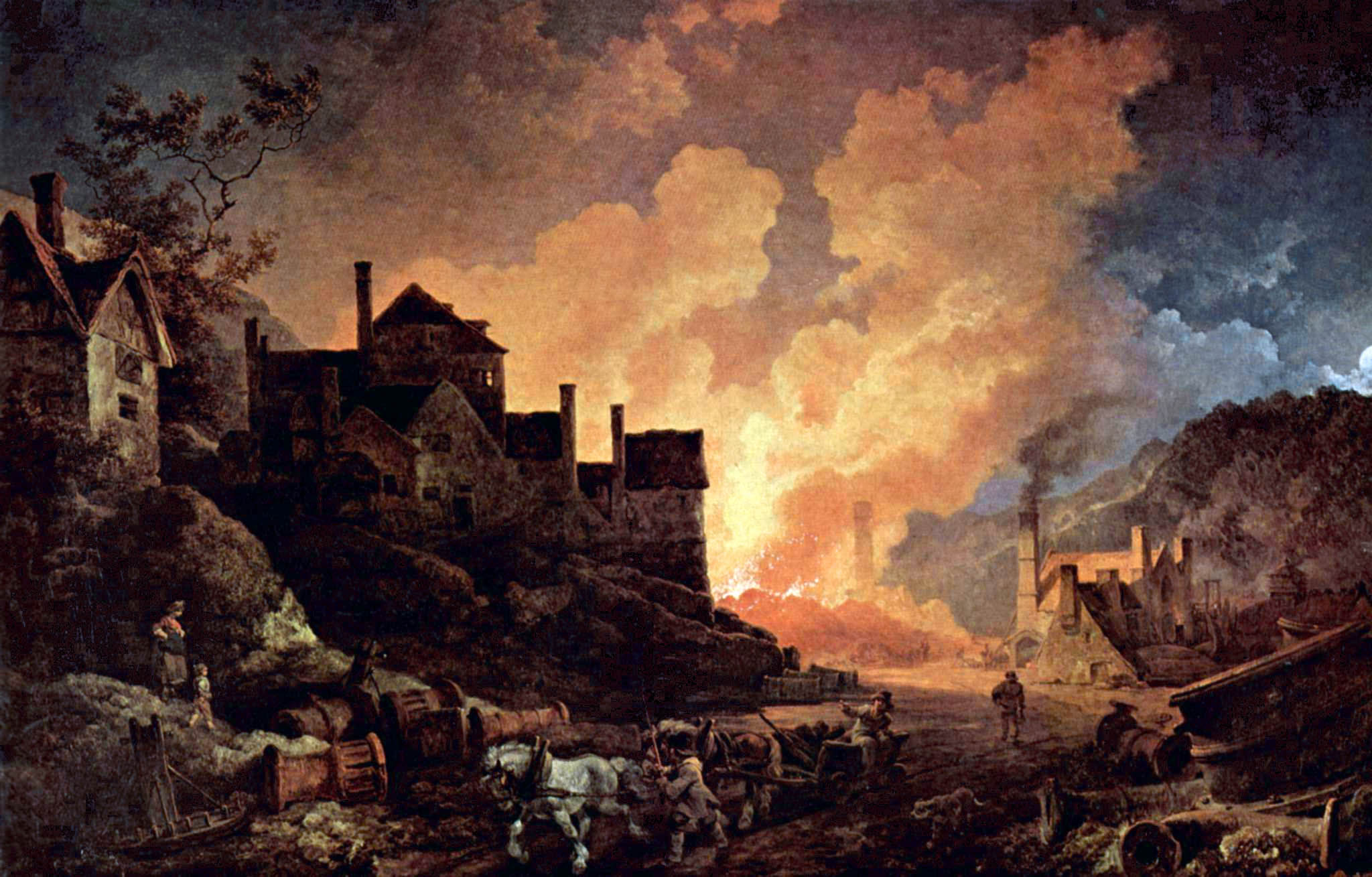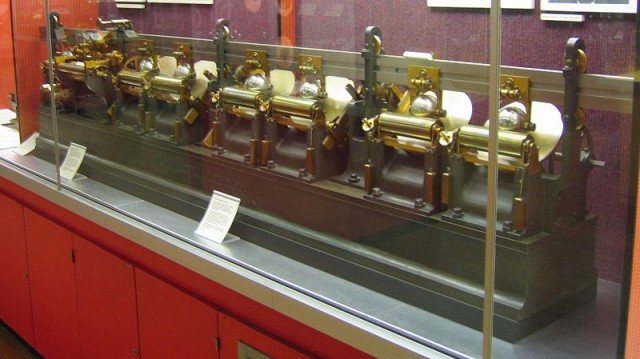We are coming into the hundred year anniversary of that last summer of peace.*
From Global Financial Data (they of the ridiculously long time-series'):
The End of the Gold Standard
It
was 100 years ago, in 1914, that the Gold Standard died. When World
War I began, most countries went off the Gold Standard and attempts to
return to a Gold Standard since have all failed. Some people have called
for a return to the Gold Standard as a way of disciplining governments
and ensuring that they do not inflate their way out of their current
fiscal problems. If it were only that easy.
What many people don’t understand is that in the long run, the
International Gold Standard was a very brief phenomenon, and the fact
that the world moved to a Gold Standard in the late 1800s was a sign of
weakness in the role of gold and silver in the economy, not of
strength. The reality was that Europe was on a bimetallic standard, not
a Gold Standard, from the Middle Ages until World War I, and gold
triumphed in the nineteenth century because bimetallism had failed. This
should have been taken as a sign that the gold standard too would
inevitably fail, not that it was the result of teleological
inevitability.
The first gold and silver coins were issued by Croesus in Lydia around
600 BC. Before that, both gold and silver were used as a store of for
wealth, for conspicuous consumption, or to value other goods, but no
coins existed. The value of gold relative to silver, the gold/silver
ratio, changed over time. In 2700 BC it was around 9 to 1; under
Hammurabi in 1800 BC it was 6 to 1; and by the time Croesus issued the
first gold and silver coins, rather than electrum coins, it was 12 to 1.
The gold/silver ratio remained around 12 to 1 for the next 2500 years,
though it could range as low as 9 to 1 or as high as 16 to 1. Athens
built its empire on the silver mines of Laurium; Alexander the Great
plundered the treasuries of the Persians; and the Romans seized this
stolen bullion when they conquered the Mediterranean. Constantine took
the gold of the Pagan temples for his needs, and whoever controlled
Egypt could rely upon the mines in Nubia as a source of gold. When the
Arabs spread Islam through the world, they seized the gold and silver of
the lands they conquered. When they gained control over northern
Africa, the Arabs also gained power over the gold coming from
sub-Saharan Africa.
Europeans minted a few coins during their Dark Ages, but mainly they
relied upon Arab gold coins. It wasn’t until the Europeans sacked
Constantinople during the Crusades, taking its gold, and the Venetian
cities developed trade surpluses with the Arabs that Europe found a need
to mint gold on a regular basis, starting in 1252.
The chart below shows the gold/silver ratio over the past 750 years. In
the thirteenth century, the gold to silver ratio was around 10 to 1. It
was the scarcity of gold in the fifteenth century that drove the
Portuguese to go south and east to seek gold and silver, and the
Spaniards to go west, discovering the Americas instead of reaching
China....MORE
1914 marked the end of the 100 year Pax Britannica, the régime best exemplified in this very, very rare photograph from a few years earlier:
Nine Kings 1910*
*Probably the only time in history the protocol peeps were able to get this many roi boy** types to agree to the order of precedence.
**(pronounced rwa bwas)
May 1910: Nine Kings assembled at Buckingham Palace for the funeral of
Edward VII, the Father of George V (centre). From left to right, back
row: Haakon VII of Norway, Ferdinand I of Bulgaria, Manuel II of
Portugal, Wilhelm II of Germany, George I of Greece and Albert I Of
Belgium. Front row: Alphonso XIII of Spain, George V and Frederick VIII
of Denmark. The funeral on 20th May was the largest gathering of the
European royalty–and its last hurrah, too. Also present at the funeral
was Archduke Franz Ferdinand of Austria, whose assassination four
years later would spark the WWI–which collapsed many royal dynasties of
Europe. Manuel of Portugal would be driven from his throne by
revolutionaries within months of this picture. George would
be assassinated. Alphonso, Wilhelm and Ferdinand lost their thrones.-
Source
Sharp eyed readers have probably noted the absence of Nicholas II, Emperor and Autocrat of All the Russias.
Very odd considering that he was part o'the fam:
King George V (right) with his
first cousin Tsar Nicholas II,
Berlin, 1913. Note the close
physical resemblance between
the two monarchs.
Nick was also the nephew of the Greek and Danish Kings and of the widowed wife of Edward VII, Queen Consort Alexandra.
Time to post, before I start singing Sister Sledge.















